
Throughout the 2025 campaign, the Conservatives have frequently referred to what they call the “Lost Liberal Decade,” a reference to the fact that Canada has lagged dramatically on virtually every available indicator since the Liberals first came to power in 2015.
In sum, the economy is worse, crime is worse, public services are worse, affordability is worse — and there’s a whole galaxy of niche indicators, such as firearms incidents, refugee backlogs, even life expectancy, that are worse than they’ve ever been.
Below, a quick guide to the fact that, whatever you think of the Liberals, the last decade has really not been great for Canada.
Crime is up everywhere, and for everything
In the year the Liberals took office, 604 people were murdered across Canada. This was already a slight uptick from the year before, when murder rates
not seen since the mid-1960s.
Just seven years later, in 2022, homicides would hit a high of 874. In raw numbers, that’s 270 more murdered Canadians.
But even when accounting for population growth, there are way more murders happening now than in 2015. The homicide rate in that year was 1.71 murders per 100,000 people. As of 2023, the most recent year for which Statistics Canada has released data, it was 1.94.
Put another way, if Canada had stuck to the homicide rates of 2015, we’d have had 94 fewer murders in 2023, 216 fewer murders in 2022, and about 150 fewer murders in 2021.
And it’s a similar story when it comes to virtually every other category of crime. Statistics Canada maintains a “crime severity index” that attempts to aggregate the raw amount of criminality each year in Canada. The index bottoms out just before the Liberals came to power in 2015, and
has been on the upswing ever since
.
Unfortunately, this is particularly true when it comes to violent crime. For one thing, the number of guns being turned on people each year in Canada has never been higher.
In 2015, for every 100,000 Canadians, there were 28.6 incidents of firearm-related violent crime. By 2022, the last full year for which data is available, this had surged to 36.7 incidents — nearly a 30-per-cent increase in just seven years.
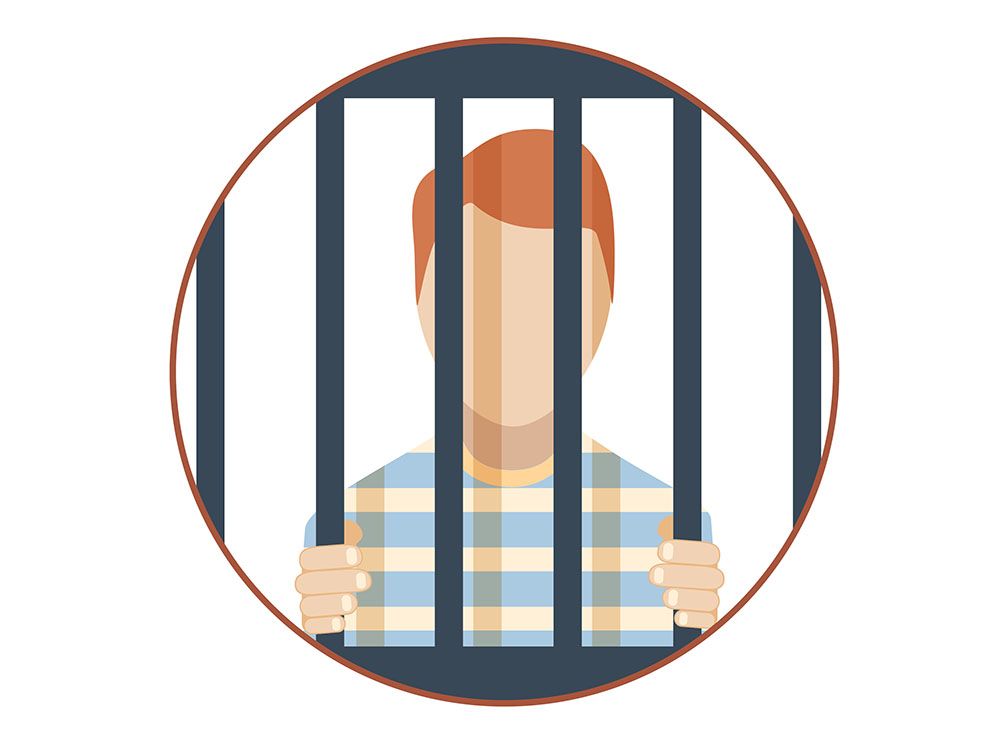
In tandem with the spiking crime, prisons are increasingly empty
The Correctional Service of Canada
on incarceration rates, and a noticeable trend begins to emerge starting in 2015: The prison population begins to plummet.
On the eve of the Liberals coming to power, the incarceration rate in the federal prison system was 53.6 prisoners per 100,000, a rate that had stayed relatively consistent throughout the early 2010s. Starting in 2015, it begins a steady plunge until reaching 40.1 out of 100,000.
The trend is even more dramatic in provincial and territorial prisons. The Liberals took charge of a country that had 85.5 prisoners per 100,000 in provincial jails. As of last count, this was down to 71.6, and has briefly dipped as low as 61.6.
These trends can partially be explained by population growth: As the rate of overall Canadians has surged, Canada’s incarcerated population has represented an ever-smaller share of the total.
But the scale of the decrease shows that crime has indeed gone up in tandem with Canada emptying its prisons. Some prisons, such as B.C.’s Okanagan Correctional Centre, are
. In 2023, it was only at 20 per cent capacity, housing 167 prisoners out of a total capacity of 800.
Asylum claims are absolutely through the roof
In 2015, there were 16,058
in Canada, foreign nationals who requested entry to the country as refugees and were waiting for their claims to be adjudicated.
As of January, Canada had 272,440 pending asylum claims, an increase of about 1,700 per cent. In just the month of January, Canada received almost as many new refugee claims as the entire backlog in 2015.
In that month alone, Canada took in
, an average of 14 per hour — and that was a slow month. The Immigration and Refugee Board reported that it was their lowest rate of new refugee claimants since the fall of 2023.
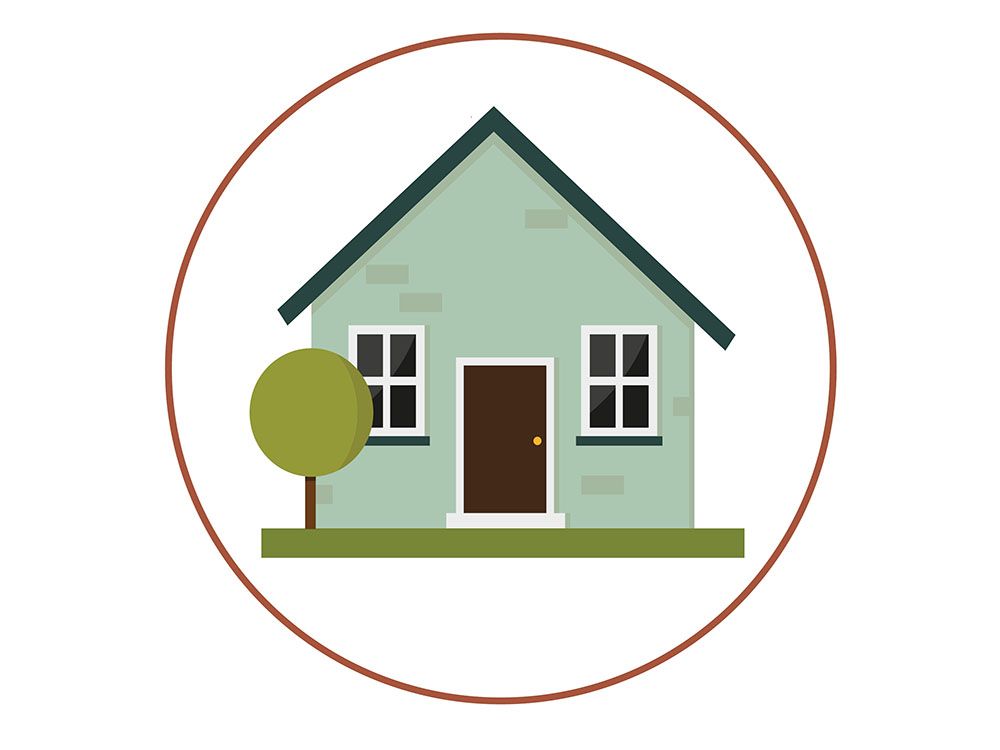
Every single day under the Liberals, housing prices have gotten $43 more unaffordable
One of the Liberals’ most-touted campaign pledges in 2015 was to make housing more affordable. “Liberals will invest in the middle class and those working hard to join it by making it easier to find an affordable place to call home,” read
.
At the time, the average house in Canada
. Adjusting to 2025 dollars, that’s $557,000.
As of February, the benchmark price
. Over the last decade of Liberal governance, the average Canadian house has risen in price by about $16,000 per year. In other words, for every single day since the Liberals were elected in 2015, the average home has gotten $43 more unaffordable every 24 hours.

Health-care wait times are twice as bad
In 2015, it wasn’t a semi-regular occurrence for patients to die in the waiting rooms of Canadian hospitals. By 2023, a single hospital in Montreal
over the course of a single weekend.
The Fraser Institute has been compiling reports of health-care wait times since the 1990s. The situation wasn’t great in 2015, but now it’s catastrophic.
In 2015, the
was 18.3 weeks. By 2024,
.
The result is thousands more Canadians dying due to an inability to obtain timely treatment. In 2015, Ontario counted 2,281 people who died while on a waiting list for medically necessary procedure. By 2023-24, that had risen to a
.
If the economy had stuck to 2015 trends, we’d all be $4,200 richer
For much of Canada’s history, the average Canadian worker earned about the same as the average U.S. worker. Canada started to fall behind in the 1980s, and the trend accelerated over the last 10 years.
The usually cited metric for worker productivity is per capita GDP — each Canadian’s average share of the total economy.
In 2015, Canadian per capita GDP
was the equivalent of US$43,594.20
, according to the World Bank. This represented 76.4 per cent of American per capita GDP at the time.
Over the last 10 years, Canadian per capita GDP has stayed almost completely stagnant: It was the equivalent of US$44,468.70 as of 2023.
The Americans, however, have all gotten richer. The average Canadian’s share of GDP now represents just 67.5 per cent of the U.S. equivalent, as of 2023 numbers.
In 2023, University of Calgary economist Trevor Tombe calculated that if the Canadian economy had simply kept pace with the U.S., we’d
an extra $5,500 per year.
Statistics Canada has found much the same. In a May 2024 report, the agency reported that if the Canadian economy had stuck to 2015 trends, the average Canadian would be $4,200 richer per year. That’s enough money to
cancel out basically every Liberal subsidy, bursary and benefit
of the last decade.
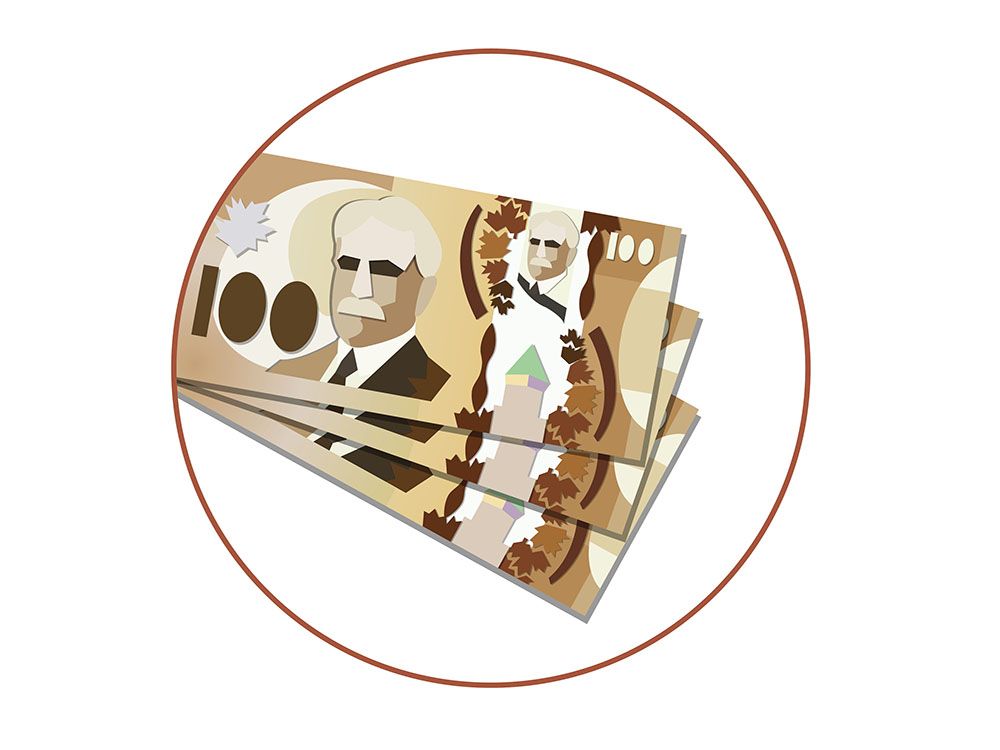
Every developed nation except us has gotten richer
Last month, Tombe also
tallied up the last decade of per capita GDP growth
of every country in the OECD, an organization that effectively comprises the world’s developed nations.
Of 42 countries, Canada was at rock bottom. The only country with worse GDP growth was the tiny European nation of Luxembourg.
The average Pole has seen their share of the national economy surge by 40.1 per cent over the past 10 years. The average Korean has seen it rise by 23.8 per cent, the average American by 18.2 per cent.
But in Canada, that figure was just 1.4 per cent. Not only has Canada’s economy been almost entirely stagnant since 2015, but it’s been stagnant even as the rest of the world gets richer.
Debt has increased $4.10 per person, per day, for 10 years
The Liberals took charge of a country with total sovereign debt
. Adjusting to 2025 dollars, that’s about $800 billion.
As of the end of 2024,
. In real dollars, that’s an extra $600 billion in sovereign debt. Put another way, that’s an extra $15,000 owing for every man, woman and child in Canada.
For every single day of Liberal governance since 2015, that works out to an average of $4.10 in new debt for every citizen. So, if you’re part of a family of five, your household’s share of the Liberal debt accumulation has worked out to $20.50 per day, every day, since 2015.
The eye-watering budget deficits incurred during the COVID-19 pandemic have played a part, but the Liberals have dramatically swelled government spending everywhere all at once.
As one example, the federal public service employed 257,034 people in 2015. By 2024,
— an increase of about 43 per cent.
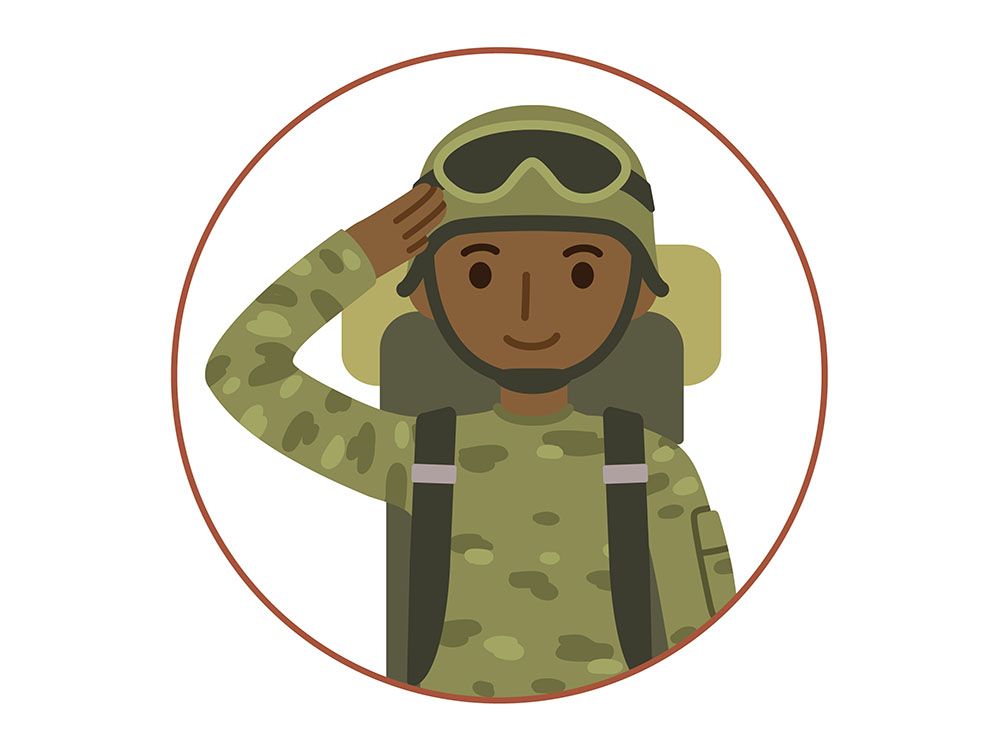
Military recruitment has dropped off a cliff
It’s not news that Canada has a threadbare military. Armoured personnel carriers held together with bungee cords have been a reality since the 1990s.
But the Canadian Armed Forces of 2015 were exponentially more capable than they are now.
Recruitment has plummeted to historical lows, to the point where the military has dropped its medical standards to accept recruits with previously disqualifying conditions such as asthma or ADHD.
Just before the Liberals took power, internal estimates were that the military
of being at full strength. That shortage has
.
The recruitment crisis is so acute that up to half of the ships, aircraft and vehicles in Canadian military fleets cannot be used because there is no one around to fix them. As one example, as of last count, only 45.7 per cent of the Royal Canadian Navy fleet was considered “serviceable to meet training and readiness requirements in support of concurrent operations.”
Immigration intake has been wildly high
When the Liberals took power, the population of Canada was about 35.8 million. As of this writing, it’s 41.6 million. That’s 5.8 million new people over the course of 10 years, or 580,000 new Canadians per year.
For context, the population of
is just 2.6 million. The population of Alberta is five million. The population of the entire Halifax metropolitan area is 530,000, not even a year’s worth of new immigrants.
Canada has been a high-immigration country throughout its history, but the rate of sustained population growth seen under the Liberals is unlike anything witnessed in the last 100 years.
It also helps to explain why shortages of everything from housing to doctors have become so acute, so quickly. In that same 10-year period, the number of housing starts recorded by the Canadian Mortgage and Housing Corporation was just 2.3 million, with more than half of that being taken up by apartment units.
Going all the way back to the 19
th
century, Canada has typically had a population that is about 10 per cent of the United States’ — a ratio that has stayed constant, given that both countries have maintained similar growth rates.
That’s no longer the case. Since 2015, the U.S. has grown by about six per cent. Canada has grown by 16.2 per cent.
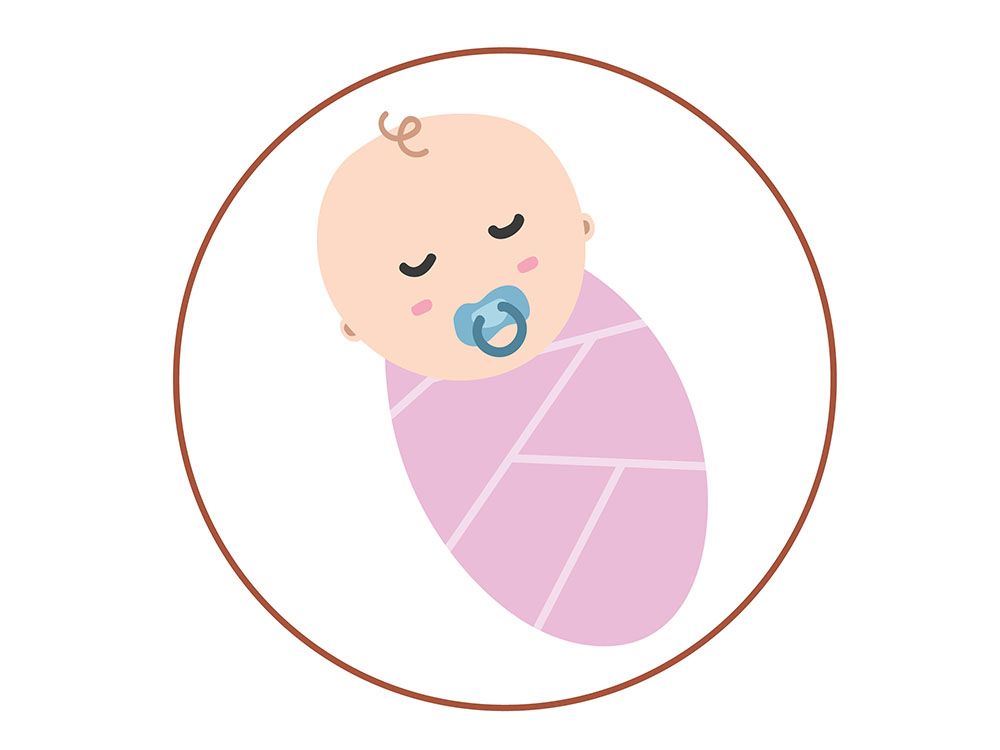
The birthrate has cratered
Canada now has one of the lowest birthrates on the planet. As of 2023, it had dropped to 1.26 children per woman, a rate matched only by four other “lowest low” countries: South Korea, Spain, Italy and Japan.
When the Liberals came to power in 2015, the birthrate was unsustainably low at 1.6 children per woman, but not catastrophically so.
As to why birthrates are plummeting more deeply in Canada than almost anywhere else, one answer seems to be affordability. Multiple surveys have revealed that young Canadians
, but they can’t afford to.

Life expectancy has gone down
These last figures may be the most stark — we are dying sooner.
When the Liberals took power, Canadian life expectancy at birth was 81.9 years. As of last count, in 2023,
That’s not a huge decline, but it’s basically the first time anything like this has happened. For at least the last 100 years, Canadian lifespans have been getting longer with each passing calendar year (except for the COVID pandemic years).
As to why the trend has ground to a halt during the last 10 years, one explanation is that tens of thousands of Canadians are dying from drug overdoses.
In the year the Liberals took power in 2015,
2,176 Canadians died of drug overdoses
— an average of six per day. According to the most recent tally by Health Canada, 21 Canadians now die each day of drug overdoses.